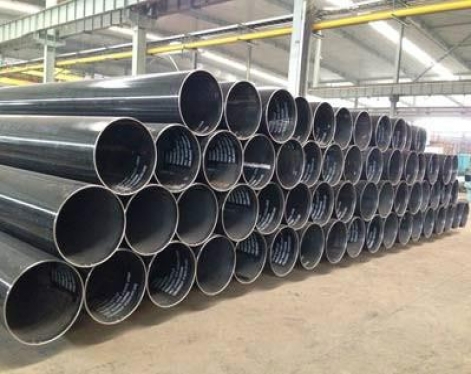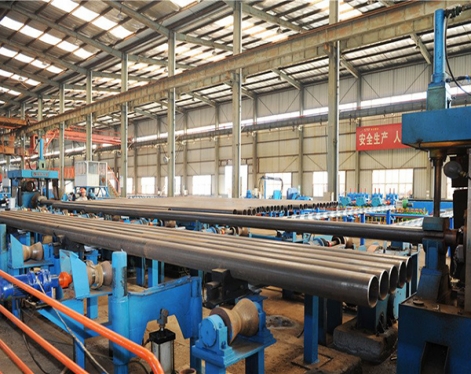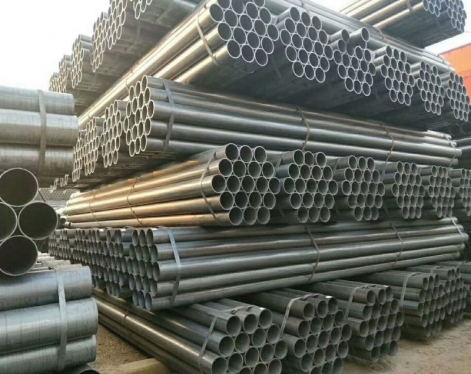
Laser cutting is the use of focused high-power-density laser beams to irradiate pipes, so that the irradiated materials are rapidly melted, vaporized, ablated or reach the ignition point. At the same time, the molten material is blown away by the high-speed airflow coaxial with the beam, so as to realize the cutting of the steel pipe. Laser cutting is one of the thermal cutting methods
Read more
Spiral welded steel pipe (SSAW pipe) will naturally become magnetic due to long-term friction during the production process. If the magnetism is too large, it will cause natural defects such as pores and slag inclusions in the spiral steel pipe, especially the detection rate of linear natural defects such as incomplete penetration and cracks.
Read more
The strip steel is sent to the welded pipe unit, rolled by multiple rollers, and the strip steel is gradually rolled up to form a round tube blank with an opening gap. Adjust the reduction of the extrusion roller to control the gap between the welds at 1~3mm, and make both ends of the welds flush.
Read more
Small-diameter welded steel pipe is a steel pipe made of steel plate or strip steel after crimping and welding. Small-diameter welded pipe has simple production process, high production efficiency, many varieties and specifications, and less equipment investment, but its general strength is lower than that of seamless pipe.
Read more
The oxide film on the surface of the hot-rolled seamless pipe is thin and dense, and it is not easy to fall off. Normally, seamless pipes will produce 0.2 ~ 0.3 mm scale in heat treatment equipment. Slab defects in this range can be removed with galvanized iron oxide.
Read more
The main difference between cast iron pipes and steel pipes is that they have different uses, different characteristics, and different classifications.
Read more